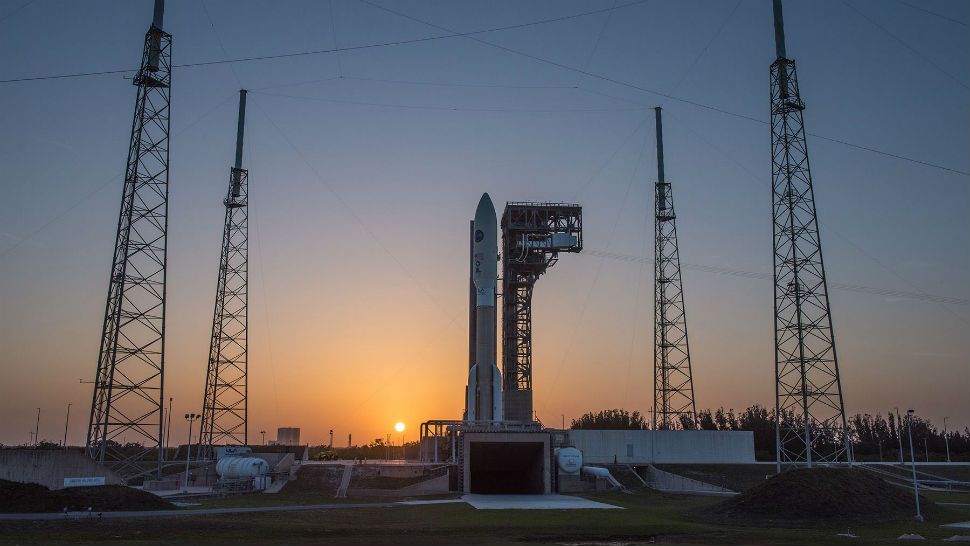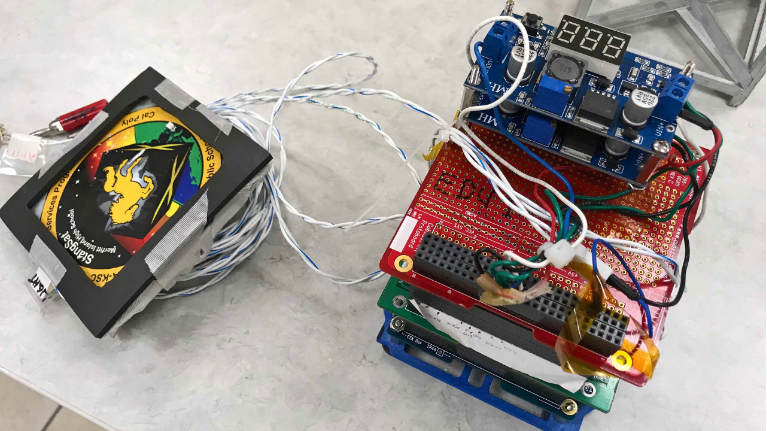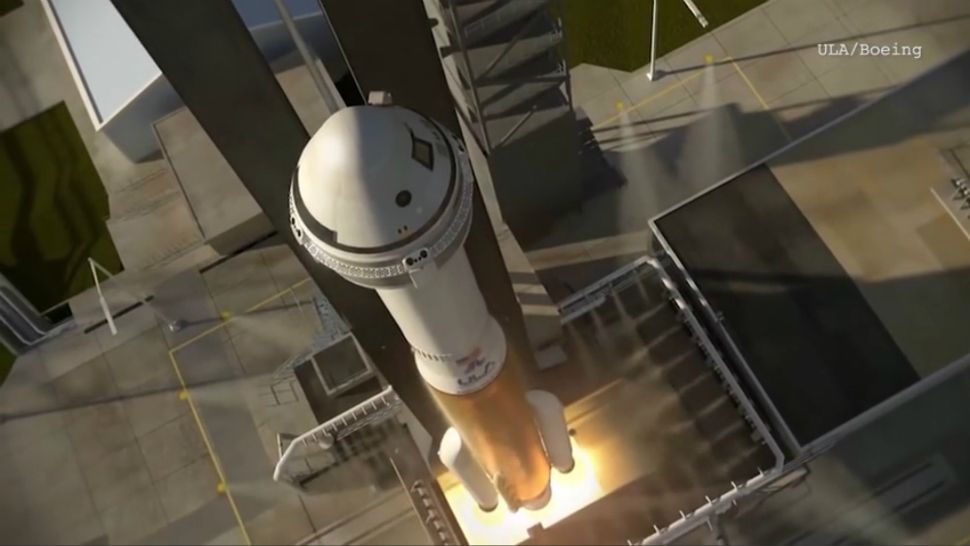KENNEDY SPACE CENTER, Fla. — SpaceX's third Falcon Heavy launch will mark several firsts.
- 3rd SpaceX Falcon Heavy launch scheduled overnight
- STP-2 mission is carrying payloads for DOD, NASA, NOAA
- RELATED:
Monday night's launch will take place at Kennedy Space Center's Launch Complex 39A. The window, originally set to open at 11:30 p.m. EDT, will now open at 2:30 a.m. EDT and end at 3:30 a.m. EDT Tuesday.
It's the historic third mission for the Falcon Heavy, and if it lifts off as scheduled overnight, it will be the first nighttime launch of the world's most powerful operational rocket.
Also, it's the first time the Defense Department has used a Falcon Heavy for a mission.
The satellites vary: NASA, Dept. of Defense, NOAA, and one from a group of Brevard County high schoolers.
Their NASA-mentored high school project is a tiny CubeSat designed, built and tested by the Stangsat Club at Merritt Island High School.
The satellite will measure shock and vibration data as the Falcon Heavy launches.
Finally, it will be the first time that SpaceX will reuse the side boosters, which were used on the previous Falcon Heavy mission.
The STP-2 mission includes several experimental spacecraft and experiments. Primarily, the Falcon Heavy will carry 24 satellites for the U.S Air Force Space and Missile System Center; an experimental Green Propellant Infusion Mission for NASA; and a Deep Space Atomic Clock, a navigation test satellite.
"With this Deep Space Atomic Clock, we can now built GPS-like navigation systems at other planets and moons, so imagine if astronauts on the moon had GPS," said Jill Seubert, interplanetary investigator at the Jet Propulsion Laboratory.
SpaceX also says it's going to attempt to stick a booster landing on its drone ship about 750 miles out in the Atlantic.
Monday night's launch will take place at Kennedy Space Center's Launch Complex 39A.
You can count on Spectrum News for live coverage of the launch.









